In response to the phenomenon of ‘Pokemon Go’, I began creating images that suggested a deeper history to the world of Pokemon. As I shared them on Facebook, there was a explosion of delight. I seemed to have hit a modern nerve.
The artwork I use are mostly by John William Waterhouse – prolific Pre-Raphaelite artist, not only because I absolutely love the Pre-Raphaelite era, but also because they are highly recognisable works of art.
I do the absolute minimum; just giving the characters a Poke-ball, a Pokemon, or both. Astonishingly, entirely new interpretations spring from the paintings!
More info: DeviantArt
Echo and the Pokeman
Originally ‘Echo and Narcissus’, 1903, by John William Waterhouse.
Widely regarded as the best of his Pokemon phase, it perfectly captures the emotional disruption evident across the entire era of Pokemon Go. Here poor Echo waits, as many a maiden did in those times, longing to be captured herself, but Narcissus ignores her desire, waiting instead to capture himself a Vaporeon.”Tragedy writ large.”
Thisbe Hears a Noise
‘Thisbe’, Waterhouse, 1909
Thisbe lived on the other side of the wall to her forbidden lover. They whispered to each other through a narrow crack. (It ended tragically, of course. Greek tropes) Here, Waterhouse forsook the traditional ending and gave Thisbe a far more interesting neigbour. Awwwww….
Circe Offering the Horsea to Odysseus
‘Circe Offering the Cup to Odysseus’, John William Waterhouse, 1891
A powerful scene from the legend of Odysseus. Will he take her offering, or will he get his butt whomped in Pokemon Battle?
Rock-type of Doom
‘Rock of Doom’ by Sir Edward Coley Burne-Jones, 1888
Perseus though the had the means to free her, but little did he know an Onix was nearby! Who would win the battle for her heart?
Articunio Flying in the Meadow
‘Lying in the Meadow’ by John William Waterhouse, 1905.
Digressing from his usual themes of battle, Waterhouse began a series of poignant, emotionally evocative paintings depicting various Personalities and Deities enjoying their Pokemon in idyllic settings. According to some, ‘Articuno Flying in the Meadow’ depicts Ophelia releasing her Pokemon for the last time, before her final tragedy.
Hylas Captures a Nymph
‘Hylas with a Nymph’, John William Waterhouse, 1893
Waterhouse well understood the difficulties of capturing certain types of Pokemon, especially Nudiebabe Type. Here he depicts the mythic scene where Hylas captures his first Nymphomama.
Temptation
Originally ‘The Crystal Ball’, by John William Waterhouse, 1902
The first one I created, thereby discovered the subtle joys on inserting foreign objects into other people’s paintings. In this case, Waterhouse created the perfect place to put a poke-ball. The composition is flawless!
Fly Loose
‘La Fileuse’ by John William Waterhouse, 1874.
During Waterhouse’s early phase, he often depicted ordinary scenes from everyday historical life; common activities such as taking their Pokemon out for picnics or letting them loose for exercise and hunting. Here we see ‘une fileuse’ (Fr: a spinner – usually of cotton), out for some sunshine and air and to let her Pidgeot fly loose.The titles of many Waterhouse paintings reveal his great love of language, and his playful spirit.
Revenge of the Nymphs
‘Hylas and the Nymphs’, John William Waterhouse, 1896
As the game ‘Pokemon gained popularity through the 1890s, Waterhouse began giving gameplay tips via his art. Here is a beautifully illustrated warning regarding the main weapon of Water-type Nymphomamas – hypnotism. And he icluded a further warning – if you fall into their element, they become your equal!! These Nymphomamas never forgot what happened to their sister.
Cleopatra Wanted More
‘Cleopatra’, 1888, J. W. Waterhouse.
“Dark; brooding; Waterhouse’s Cleopatra signaled a darker side to the legendary Queen; one who would not suffer fools (or Oshawotts) gladly. “Here she is depicted soon after a visit from Mark Anthony, trying to be appreciative of his lame gift.”
3Kviews
Share on Facebook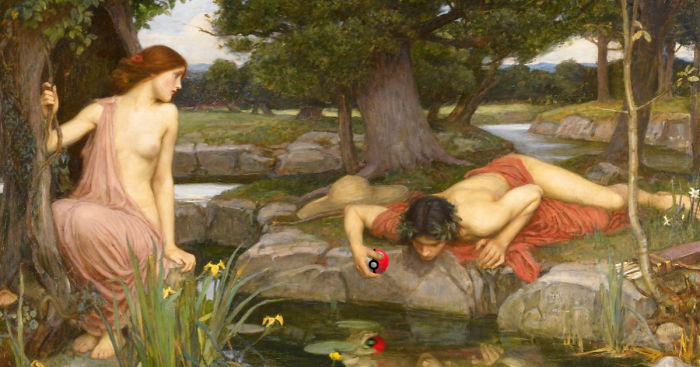
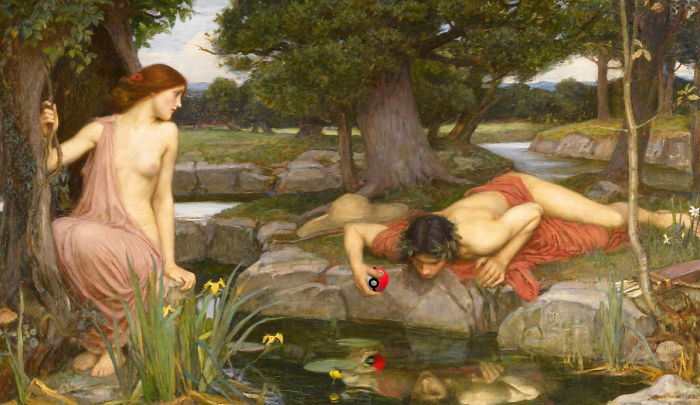
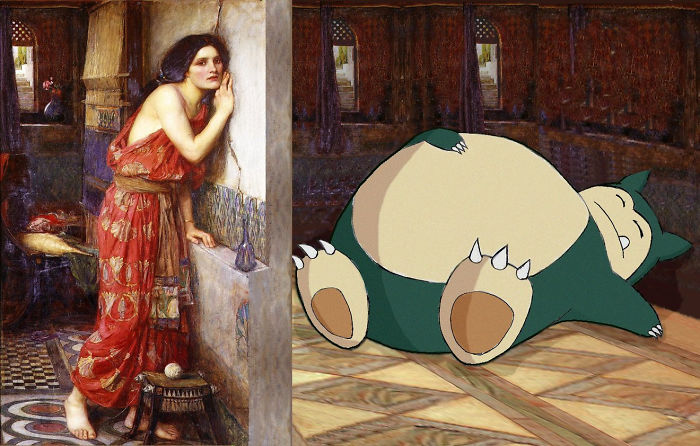
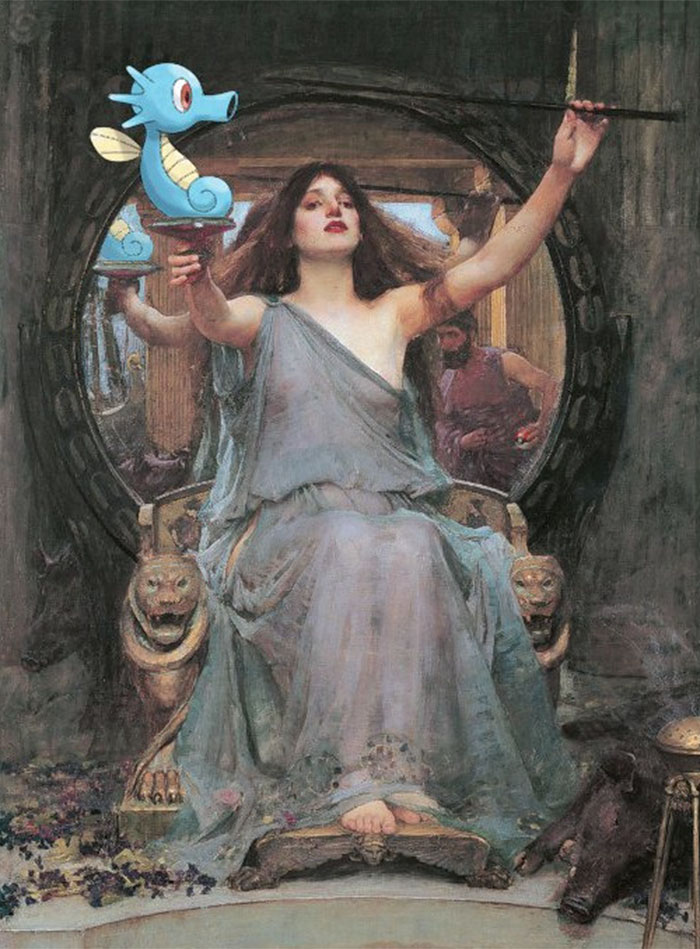
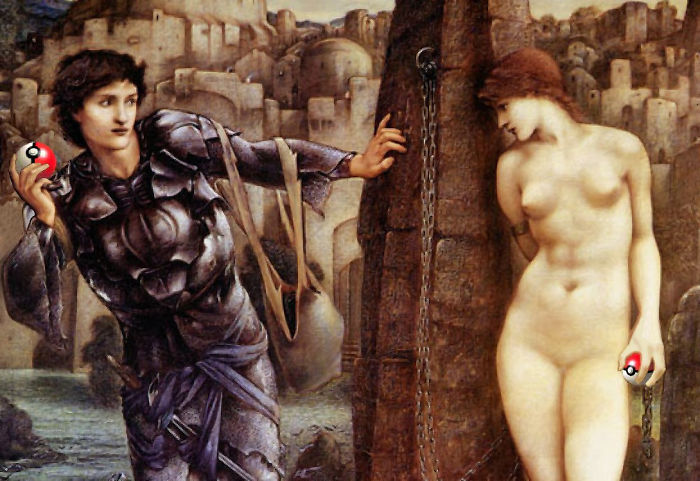
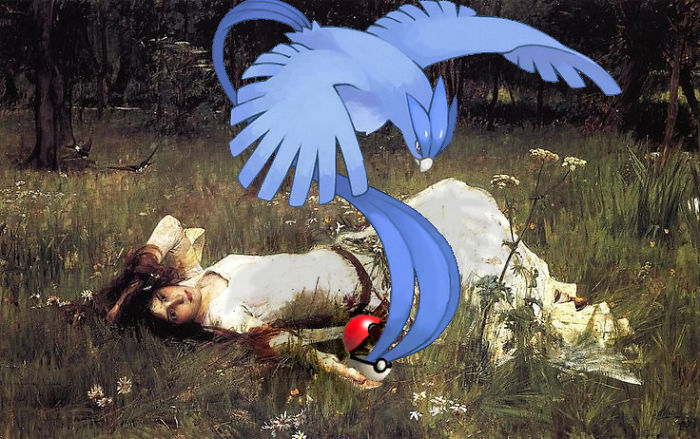
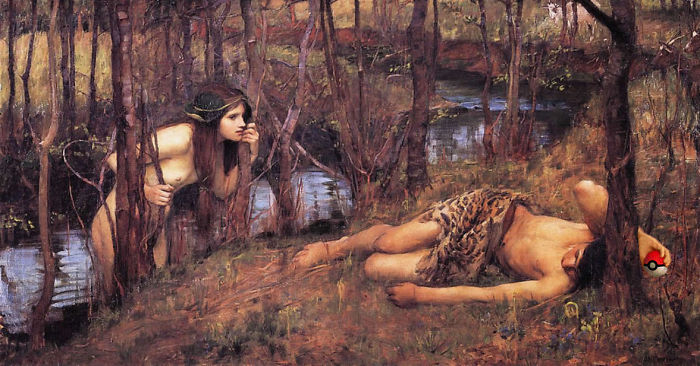
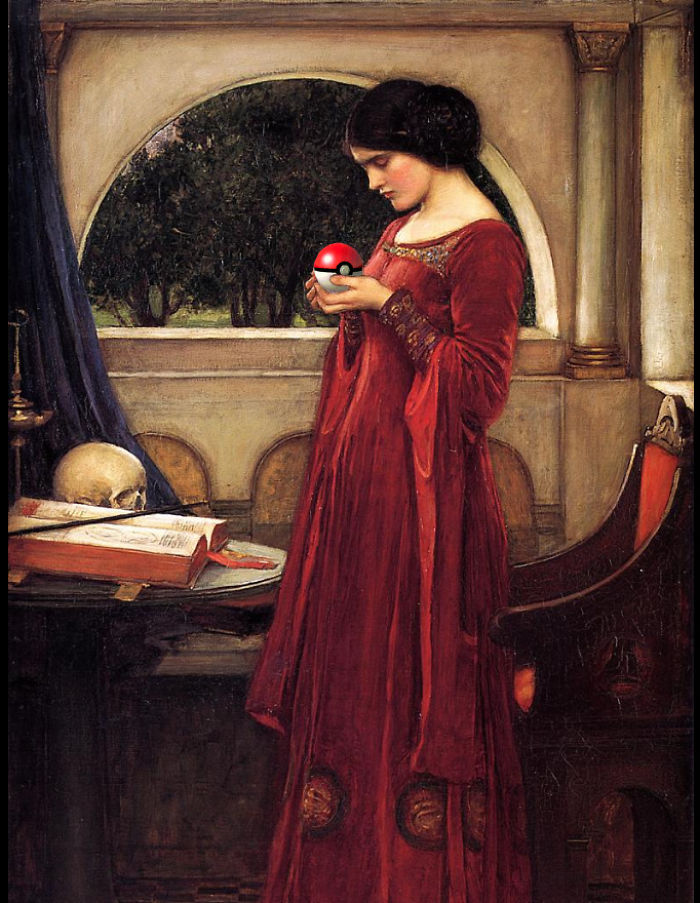
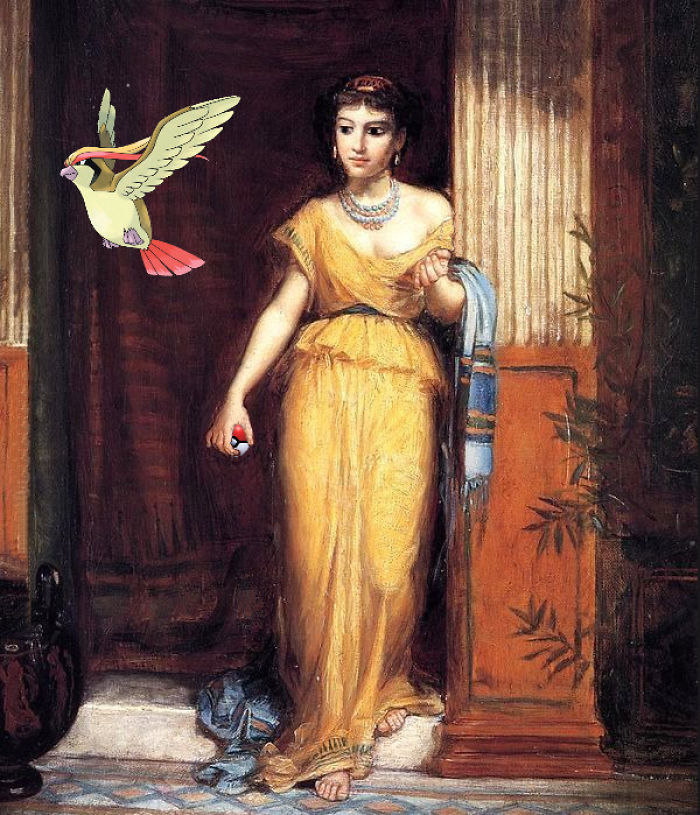
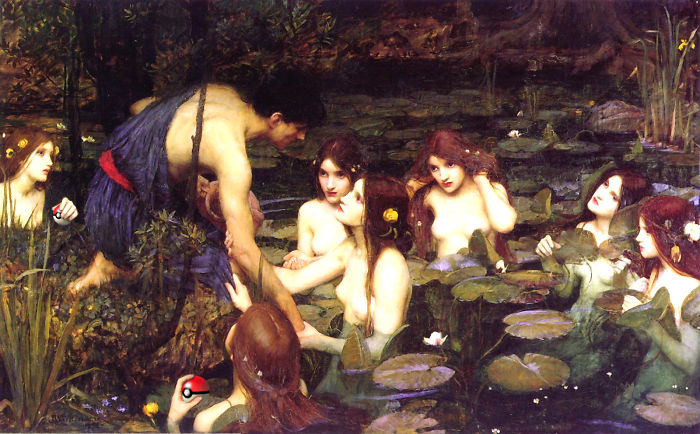
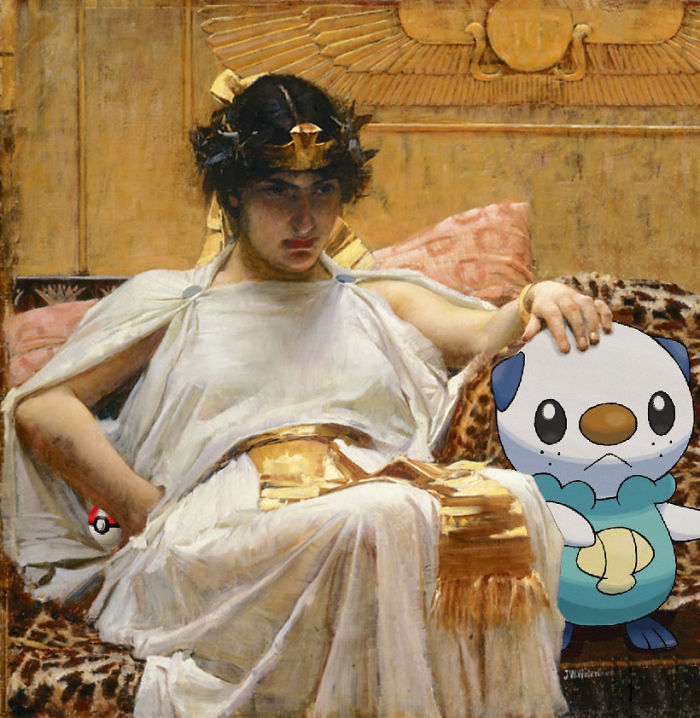



36
0